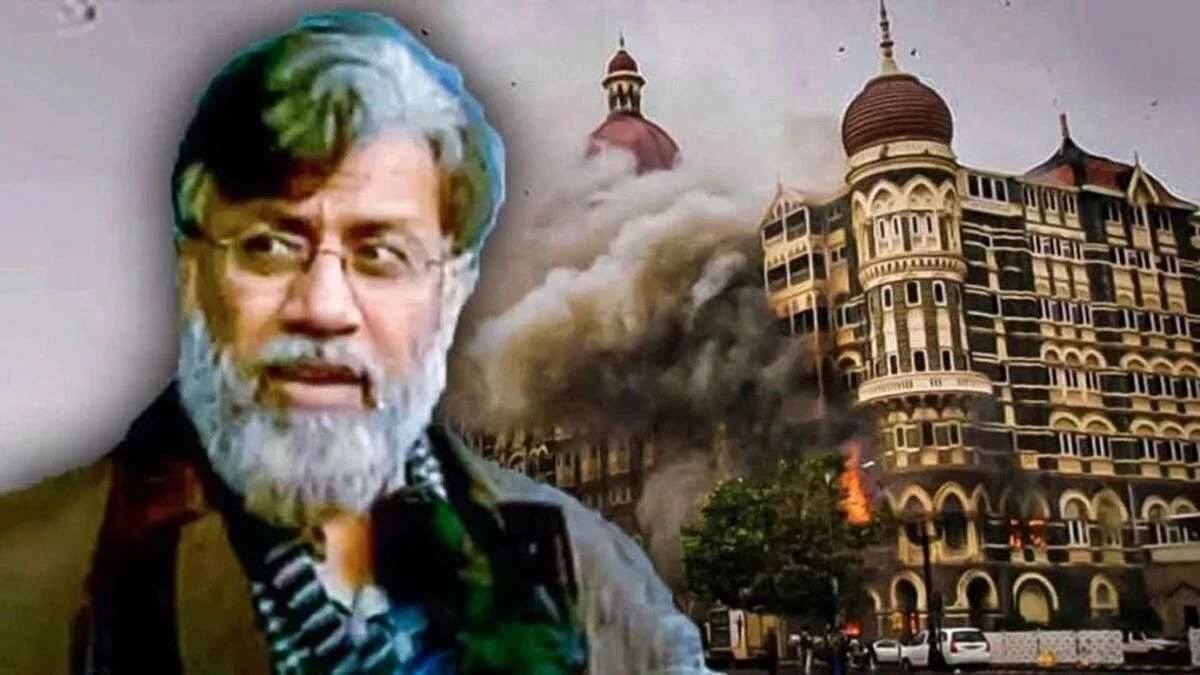Terror Network Next Door? Secret Bases in Nepal? Fears of Foreign Plots & Land Misuse Resurface!

In developments sending shockwaves across the region and raising grave security concerns for Nepal, Tahawwur Hussain Rana – a key plotter behind the horrific 26/11 Mumbai terror attacks – is currently being interrogated in India following his recent extradition, and a significant focus of the questioning involves disturbing allegations of a secret terror 'setup' operating from Nepali soil.
Who is Tahawwur Rana? Rana, a 64-year-old Pakistan-born Canadian businessman and former Pakistani army doctor, was convicted in the US for providing material support to the Pakistan-based terror group Lashkar-e-Taiba (LeT) and aiding the reconnaissance missions for the 2008 Mumbai attacks. After years of legal battles, he was finally extradited from the US to India on April 10, 2025, and is now being held and questioned by India's National Investigation Agency (NIA) in Delhi.
The Horrifying Nepal Connection Revealed: The truly alarming aspect for Nepal stems from information revealed years ago by Rana's childhood friend and the chief scout for the 26/11 attacks, David Coleman Headley. Headley, a Pakistani-American who turned approver for US authorities, explicitly told NIA investigators back in June 2010 about clandestine operations run by Pakistan's Inter-Services Intelligence (ISI) and LeT, not only from Karachi but also through a dedicated "Nepal setup".
Now, with Rana in their custody, NIA investigators are relentlessly pursuing this lead. They are pressing Rana for details about this alleged Nepal-based operation, which Headley claimed was run by Major Abdul Rehman Hashim Syed (alias Pasha), a key handler in the 26/11 attacks also linked to the ISI.
What Was This 'Nepal Setup'? While the full details remain the target of Rana's interrogation, Headley's initial disclosure suggested this setup potentially aimed to exploit Nepal's territory and possibly the open border with India for logistical support, planning, or even recruitment for terror activities targeting India. The very idea that Nepali soil might have been used, knowingly or unknowingly, as a base or transit point for orchestrating attacks like the one in Mumbai – which brutally claimed 166 innocent lives and injured hundreds – is a horrifying prospect for Nepal's peace and sovereignty.
"We are interrogating him (Rana) about these set-ups [including Nepal] and individuals about whom Indian agencies don’t know," an official familiar with the probe stated, underscoring the seriousness with which Headley's claims are being investigated through Rana.
Why is this Surfacing Now? Rana's extradition provides Indian investigators their first direct chance to question him extensively about the entire 26/11 conspiracy, including verifying and expanding on Headley’s earlier testimony. They aim to unravel the full extent of ISI and Pakistani military officials' alleged influence and control over LeT, the group responsible for the Mumbai massacre. Understanding the operational details, funding, and personnel involved in both the alleged Karachi and Nepal setups is crucial to this wider investigation.
Implications for Nepal: This ongoing interrogation highlights a potential vulnerability and a past exploitation of Nepali territory that demands attention. It underscores the critical need for constant vigilance within Nepal's security apparatus to prevent our nation from being used in cross-border terror plots. While Rana is reportedly being evasive, the NIA's focus on the 'Nepal setup' during his interrogation is a stark reminder of the complex and often dangerous geopolitical currents swirling around our nation. The pursuit of justice for the 26/11 victims continues, and uncovering the full truth about any operational links through Nepal is now a critical, though deeply concerning, part of that process.




![From Kathmandu to the World: How Excel Students Are Winning Big [Admission Open]](https://www.nepalaaja.com/img/70194/medium/excel-college-info-eng-nep-2342.jpg)
